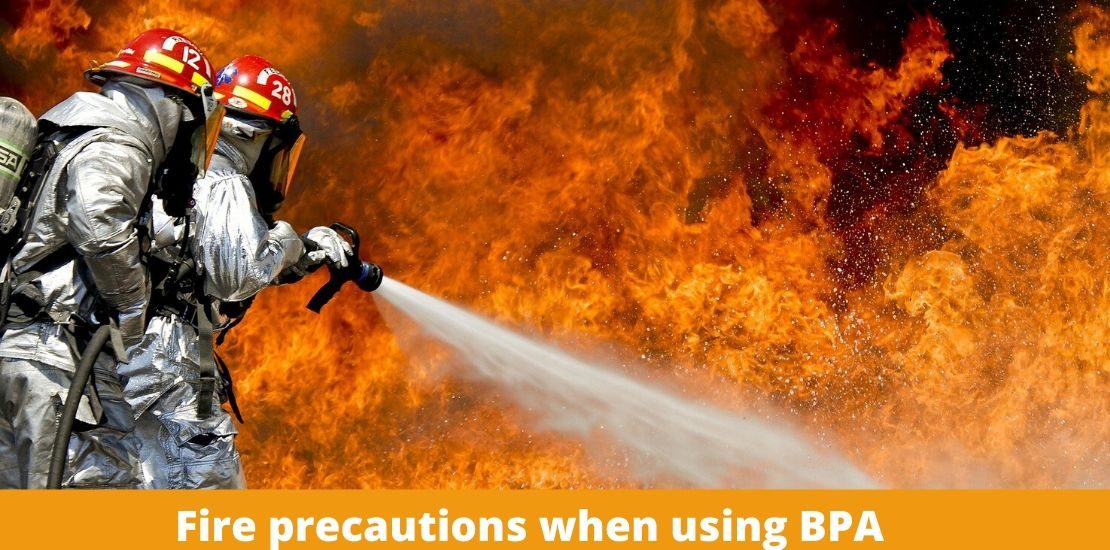- March 4, 2020
- Posted by: admin
- Category: Blogs

Bisphenol A (BPA) is a chemical with numerous industrial applications and has been used for more than 130 years. We looked at some of its applications in one of our previous articles (https://www.hazoxinc.com/bisphenol-a-can-one-product-have-so-many-uses/).
Due to the size of the industry and the market for BPA products, there are many workers who must be trained in the proper handling and disposal of BPA. Safety information on substances that are handled in the workplace must always be available to workers in a language that they can understand. One of the key areas to be trained in is the measures that must be taken to avoid fires and what to do in case they occur to prevent their spread, damage to personnel, facilities and environmental damage.
All solid forms of BPA can produce dust during processing, handling and transport, and under some conditions these are not necessarily flammable. However, as with other organic dusts, materials with a small particle size (less than 420 microns) can be classified as a combustible dust and when present in air, can create a potential fire and explosion hazard. (http://www.kpb.co.kr/resources/download/user/eng/catalog/200/BISPHENOL-A%20SDS.pdf)
Under fire conditions, the smoke produced will contain the original material as well as combustion products of varying composition, which may include phenolic compounds, carbon monoxide and carbon dioxide. The smoke can be irritating and the other compounds in the smoke can present toxicity problems, so exposure should be avoided. The recommended fire extinguishing media include foam, dry chemicals or water spray. Never use water jet as an extinguishing agent, as this will spread the fire (https://www.bisphenol-a.org/pdf/BPA%20Handling%20Guide%20-%20Single%20Page%20Layout%20-%20February%202013.pdf).
When extinguishing fires, try to move containers from the fire area and use fire-fighting measures that are appropriate to the surrounding materials and other general recommendations such as staying up-wind to avoid fumes. (https://nj.gov/health/eoh/rtkweb/documents/fs/2388.pdf). Run-off water should be controlled by containing it and keeping it out of sewers and waterways to avoid contamination.
All employees have the right to be informed about the dangers to which they are exposed in the course of their work and to be trained in firefighting measures if they are required to fight them.
Tomorrow, we will look at the effects of BPA in the environment
On Friday 6th , we will look at alternatives to BPA
In the last of this series on Monday 9th we will look at how to detox from BPA.
If you have missed the first article in the series, where we introduced you to the chemical BPA, you can catch up here.
Our second article, the history of BPA can be found here
The third article looking at the many uses of BPA can be found here
The fourth article about the health effects of BPA can be found here
The fifth article, the Regulations Affecting the use of BPA can be found here
The sixth article in the series looked at safe handling, storage and disposal and can be found here:
The seventh article looked at occupational exposure to BPA
If you liked our articles, give us a Like and follow us at
Facebook: https://www.facebook.com/HazoxComplianceSolutions
Twitter https://twitter.com/Hazox_Inc
LinkedIn https://www.linkedin.com/company/hazoxcompliancesolutions
Youtube: https://www.youtube.com/channel/UCIeBucyOUEtQFSAymS3TwQQ
